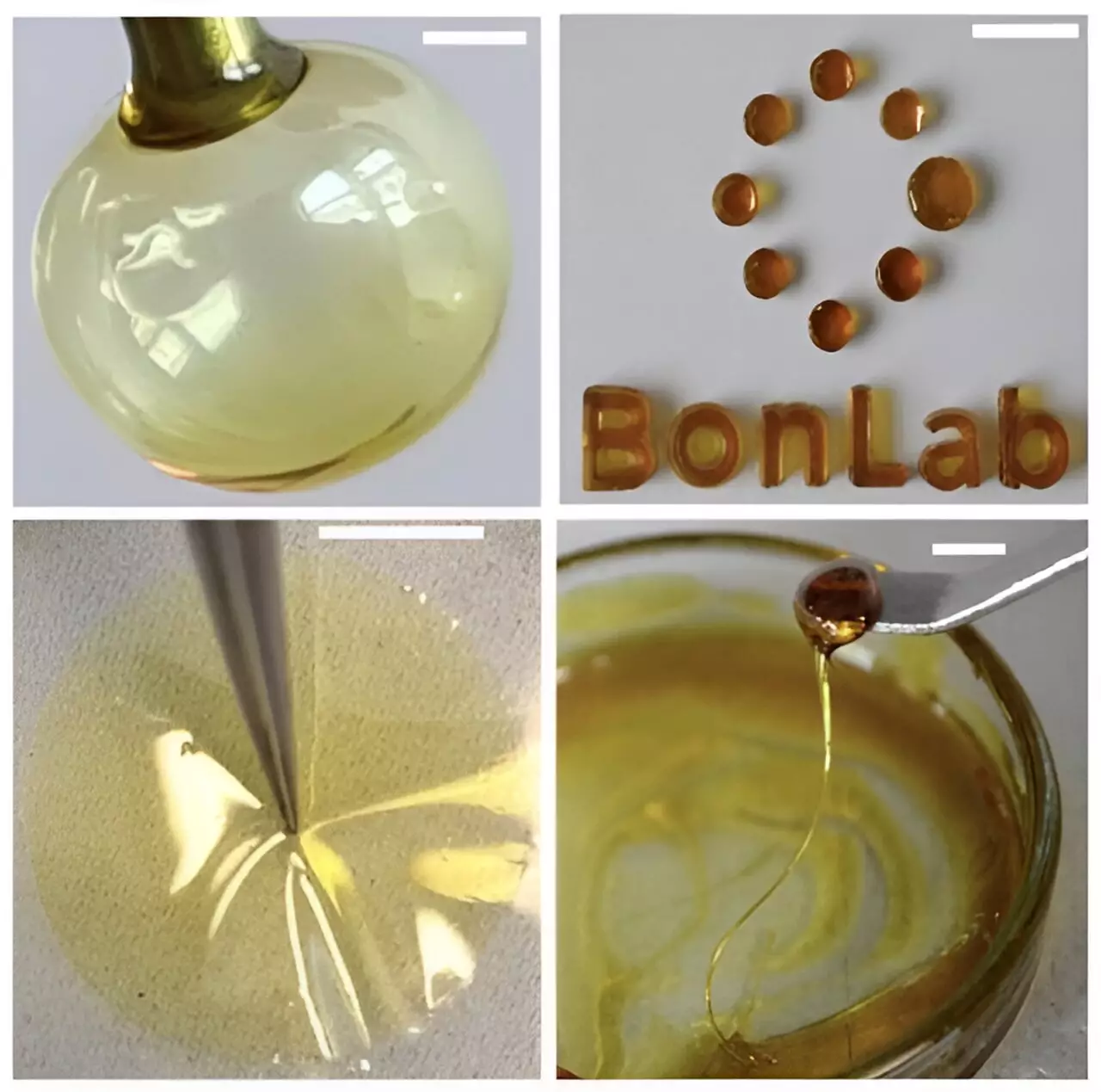Plastics have been a fundamental component of modern manufacturing for decades, but their detrimental impact on the environment has sparked a global search for eco-friendly alternatives. Recent research conducted at The University of Warwick has made significant strides in the quest for sustainable alternatives to traditional plastics. This breakthrough has the potential to revolutionize various industries and address the growing concerns about environmental sustainability.
The Discovery of Organic Eutectics
The research team at The University of Warwick has identified a novel class of materials known as organic eutectics, which are formed by mixing small organic molecules with crystalline components. These organic eutectics exhibit glassy and viscous properties, making them attractive candidates for replacing polymers in manufacturing processes. By combining different crystalline components, the researchers were able to create a series of hydrophobic eutectic molecular liquids and glasses with precise compositions.
One of the key challenges in developing sustainable plastic alternatives is ensuring long-term stability. To address this issue, the Warwick team conducted extensive testing on the amorphous materials over a period of up to 14 months. By utilizing advanced techniques such as powder X-ray diffraction (PXRD), the researchers confirmed the materials’ resistance to crystallization. This durability is essential for ensuring that products maintain their structural integrity throughout their shelf life.
Processability and Customization
In addition to stability, the researchers also examined the processability of the organic eutectics by studying their rheological properties. The team found that these materials exhibited low fragility indices, indicating their suitability for various manufacturing processes such as glassblowing, fiber pulling, film formation, and molding. Moreover, the researchers demonstrated that the properties of the materials could be customized for specific applications by blending different eutectic systems or incorporating plasticizers.
Key Insights from Lead Investigator
Prof. Dr. ir. Stefan Bon, the lead investigator of the research published in Chemical Science, expressed his initial goal of developing a groundbreaking sustainable material for the formulation industry. He highlighted the unexpected physical properties exhibited by the hydrophobic eutectic systems and emphasized the importance of further exploring their potential applications. By leveraging computer simulations to understand the molecular interactions within these eutectic mixtures, the researchers have laid the foundation for developing high-performance materials that can replace conventional polymers in various industries.
To demonstrate the practical potential of these materials, the researchers conducted a controlled release study using a specific eutectic system composed of 4-hydroxychalcone and bifonazole as a matrix. This study serves as a proof of concept, illustrating the versatility of eutectic materials in applications such as drug delivery and beyond. The findings from this study have opened up new avenues for innovation in material science and offer a glimpse into a sustainable future without traditional plastics.
The research conducted at The University of Warwick represents a significant breakthrough in the development of sustainable alternatives to plastics. By exploring the unique properties of organic eutectics and customizing them for specific applications, the research team has paved the way for a more environmentally conscious approach to manufacturing. The findings from this study have the potential to reshape various industries and accelerate the transition towards a circular economy.


Leave a Reply